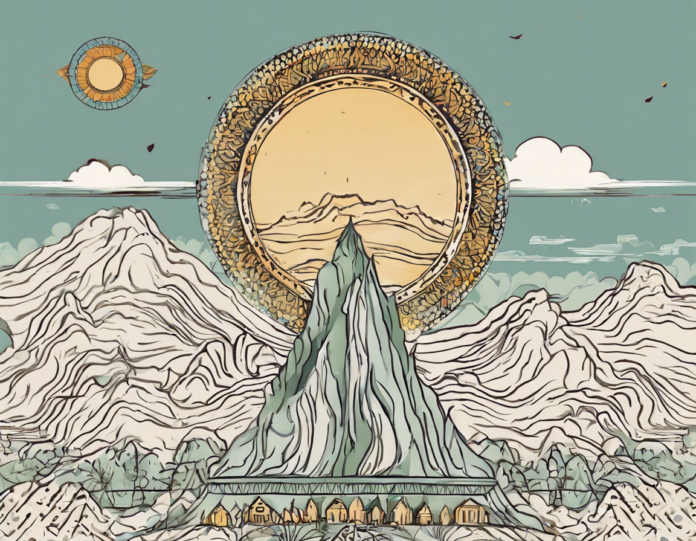Surya Grahan, also known as Solar Eclipse, is a celestial event where the Moon passes between the Earth and the Sun, blocking all or part of the Sun’s light. This phenomenon is a spectacular sight to witness but also holds cultural and religious significance in many societies around the world. In this comprehensive guide, we will delve into the important dates and information related to Surya Grahan.
Types of Surya Grahan:
- Total Solar Eclipse: When the Moon completely covers the Sun, blocking its light entirely.
- Partial Solar Eclipse: When the Moon covers only a portion of the Sun, leaving a crescent shape visible.
- Annular Solar Eclipse: When the Moon is too far from the Earth to completely cover the Sun, leaving a ring of sunlight visible around the Moon.
Important Dates for Surya Grahan in 2021:
- Partial Solar Eclipse: June 10, 2021.
- Total Solar Eclipse: December 4, 2021.
Effects of Surya Grahan:
- Astrological Impact: Many believe that Surya Grahan can have both positive and negative effects on individuals based on their zodiac signs.
- Health Precautions: It is advised not to look directly at the Sun during a Solar Eclipse to prevent eye damage. Use special glasses or indirect viewing methods.
Significance of Surya Grahan in Different Cultures:
- Hinduism: In Hindu culture, Surya Grahan is considered inauspicious, and rituals such as taking a bath after the eclipse are performed to cleanse oneself.
- Scientific Curiosity: Solar Eclipses provide scientists with valuable opportunities to study the Sun’s corona and understand more about our solar system.
Common Myths and Misconceptions about Surya Grahan:
- Pregnant women should not go outside during a Solar Eclipse: While this is a common belief, there is no scientific evidence to support this claim. It is safe for pregnant women to go outside during a Solar Eclipse.
- Food cooked before a Solar Eclipse should be thrown away: Again, this is a belief with no scientific basis. There is no harm in consuming food prepared before or during a Solar Eclipse.
Safety Measures during Surya Grahan:
- Use Protective Eyewear: Special solar eclipse glasses or viewers are recommended to safely observe a Solar Eclipse.
- Avoid Direct Sun Viewing: Looking directly at the Sun can cause permanent eye damage. Use pinhole projectors or other indirect viewing methods instead.
FAQs about Surya Grahan:
-
Q: Can we eat during a Solar Eclipse?
A: Yes, there is no harm in eating during a Solar Eclipse. It is safe to consume food as usual. -
Q: Do animals behave strangely during a Solar Eclipse?
A: Some animals may exhibit changes in behavior during a Solar Eclipse, mistaking it for dusk or dawn. -
Q: Is it safe to take photographs of a Solar Eclipse with a smartphone?
A: It is not safe to look at the Sun, including during an Eclipse, through a smartphone camera or naked eyes without proper protection. -
Q: How often do Solar Eclipses occur?
A: Solar Eclipses happen a few times a year but are only visible from specific locations on Earth. -
Q: Can Solar Eclipses be predicted in advance?
A: Yes, with modern astronomical calculations, Solar Eclipses can be predicted accurately years in advance.
Conclusion:
Surya Grahan, or Solar Eclipse, is a fascinating celestial event that has captivated cultures worldwide for centuries. Understanding the types of Eclipses, their significance, and safety measures is crucial for enjoying this natural wonder while staying safe and informed. Whether you view a Solar Eclipse for its scientific marvel or cultural importance, witnessing this cosmic dance of the Sun, Moon, and Earth is an awe-inspiring experience.












